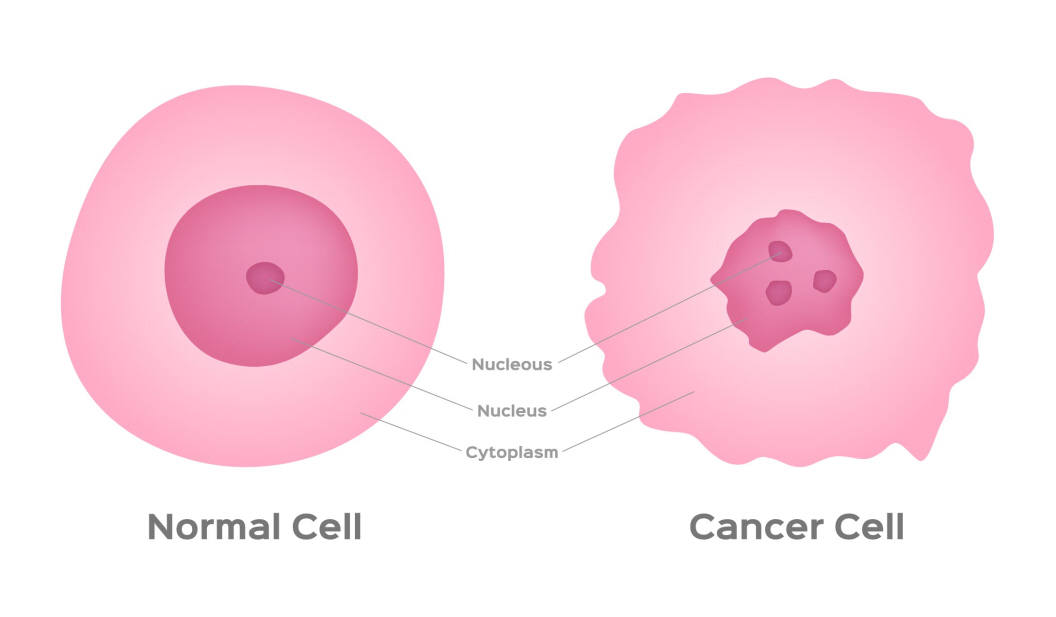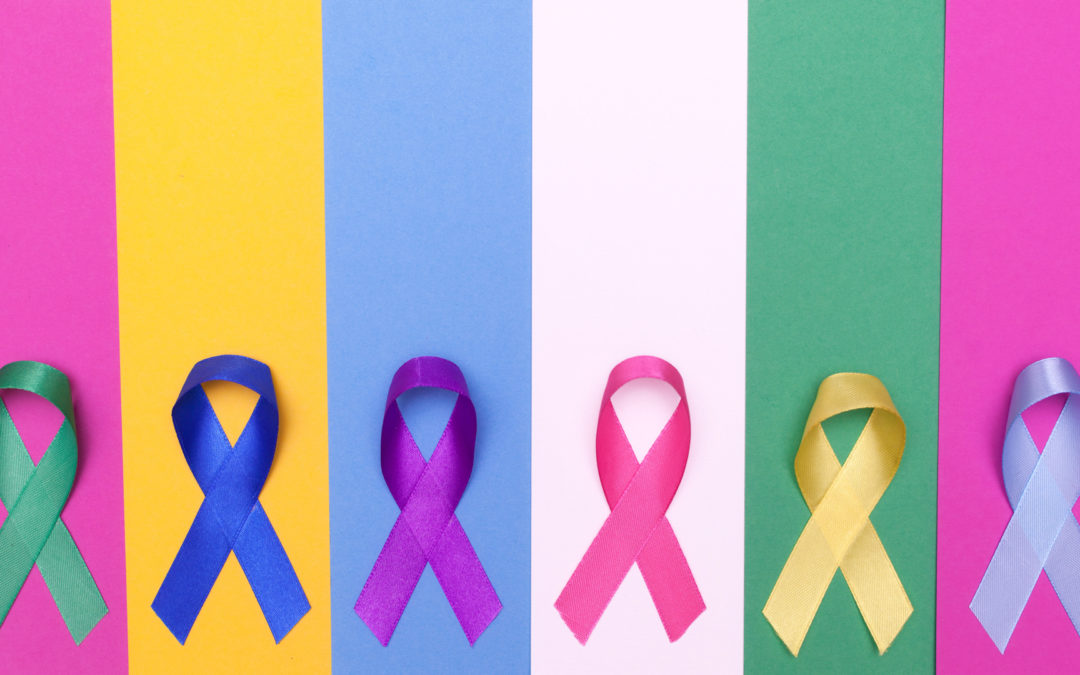The Stages of Cancer
Receiving a cancer diagnosis can be a time of overwhelming and confusing emotions, often coming in waves as you come try to come to terms with the news. Some people cope by remaining pragmatic, others allow the emotions to flow. All of these reactions are normal and your way of starting to try to deal with the news. With emotions naturally taking over your mind and your mind likely racing ten to the dozen, it can often feel difficult to process the information that your doctor or consultant gives to you regarding your diagnosis. You might hear terms such as ‘Stage Two’ or ‘Grade 1’ but what does it all actually mean? In this article, we explain the stages of cancer and grading to help give some information at a very difficult time. Please don’t feel you have to process all of the information at once – it’s natural to only be able to take part of it in. Please do come back to this article as and when you feel ready to. We are here for you, every step of the way.
 The Stages of Cancer
The Stages of Cancer
After receiving your diagnosis, you will likely have further tests to help your doctor or consultant determine the stage and grade of the cancer. Staging simply means determining what size the tumour is and how far it has spread, if at all, from where it began to grow.
Although each different type of cancer will have its own staging system, a common method of staging to use as an example is as below:
- Stage 0 – this means the cancer is still where it began and hasn’t spread further
- Stage I – means that the cancer hasn’t begun to spread and is still small
- Stage II – here, the cancer hasn’t begun to spread but has grown
- Stage III – this means the cancer might have begun to spread to the surrounding tissues (or the lymph nodes or both) and has become larger
- Stage IV – the cancer has now spread to at least one other organ. This is where you might hear the term ‘Secondary’ or ‘Metastatic’.
Grading
This means how the cancerous cells look when placed under a microscope, compared to non-cancerous cells. Broadly speaking, the lower the grade the slower the cancer is growing. Again, different cancers will have different grading scales, but a common grading system is out lined below.
- Grade I– this means that the cancerous cells look similar to non-cancerous cells and aren’t growing quickly
- Grade II – the cancerous cells don’t resemble normal cells and are growing at a faster rate than non-cancerous cells
- Grade III – here, the cancerous cells look abnormal and possibly are growing and/or spreading much more rapidly
Here, we’ve given an overview in simple terms to help with the process of beginning to understand and come to terms with a cancer diagnosis. Be kind to yourself and take your time in this process. When you feel ready to take in a bit more, this helpful guide on the stages and grading of cancer from Cancer Research UK gives some further information.
Please remember, you are not alone in this likely very emotional and stressful time. At The Lighthouse Centre, we will catch you when you feel like you’re falling and support you in any way we can. Please click this link to see all we can offer – be that counselling to help you talk through your next steps or alternative therapies to support relaxation and healing.
When you are ready, please reach out to us in any way you feel comfortable.
Ways To Get In Touch
Please do leave your details on the contact form on our website and we will get back to you.
Our telephone number is 01604 261400.
You can write to us at The Lighthouse Centre, 33 Burlington Offices, Wellingborough Road
Northampton. NN1 4EU or email us at [email protected].
You can also find us across the social media sites: Facebook, Twitter, LinkedIn, Pinterest and Instagram pages too.

Recent Comments